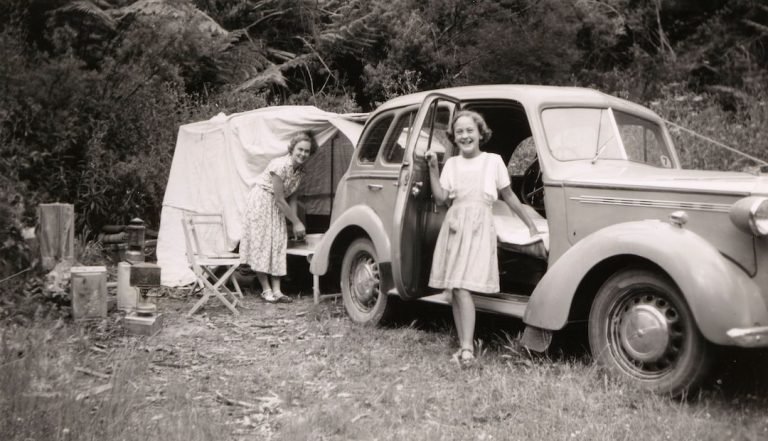How much is a mammogram without insurance in the US?
The national average cost for a screening mammogram is $400 without insurance.
Let's Talk About Mammograms
What is a diagnostic mammogram?
Listen to pronunciation. (DY-ug-NAH-stik MA-muh-gram) An x-ray picture of the breast used to check for breast cancer after a lump or other sign or symptom of the disease has been found.
Does Blue Cross Blue Shield of Illinois cover diagnostic mammograms?
A diagnostic mammogram is covered when determined to be medically necessary by Physician, Physician Assistant or an Advanced Nurse Practitioner. A comprehensive ultrasound and MRI of the breast is covered when medically necessary as determined by a Physician, Physician Assistant or an Advanced Nurse Practitioner.
What is a 3D mammogram?
A 3D mammogram (breast tomosynthesis) is an imaging test that combines multiple breast X-rays to create a three-dimensional picture of the breast. A 3D mammogram is used to look for breast cancer in people who have no signs or symptoms.
How much is a mammogram in us?
The average cost for a screening mammogram ranges from about $100 to $250. A diagnostic mammogram can be more expensive, depending on what your healthcare provider orders. The Affordable Care Act requires health plans to fully cover the cost of a screening mammogram every one or two years for women over 40.
Is mammogram free in USA?
Breast cancer screening can save lives. That's why the Affordable Care Act makes breast cancer screening and counseling free. All health plans* must cover these benefits at no cost to you. More than 40,000 women die from breast cancer every year.
Health Insurance 101: How Insurance Works In 90 Seconds | BCBSND
Does a diagnostic mammogram mean cancer?
An x-ray picture of the breast used to check for breast cancer after a lump or other sign or symptom of the disease has been found. It is also used to follow up on a suspicious change found during a screening mammogram.
What happens in a diagnostic mammogram?
During a mammogram, your breasts are compressed between two firm surfaces to spread out the breast tissue. Then an X-ray captures black-and-white images that are displayed on a computer screen and examined for signs of cancer.
The Difference Between Screening and Diagnostic Mammograms | UPMC HealthBeat
What’s the difference between a regular mammogram and a diagnostic mammogram?
A mammogram is an x-ray of the breast. While screening mammograms are routinely administered to detect breast cancer in women who have no apparent symptoms, diagnostic mammograms are used after suspicious results on a screening mammogram or after some signs of breast cancer alert the physician to check the tissue.
What percentage of diagnostic mammograms are cancer?
It's not something to get extremely worried about. Of all women who receive regular mammograms, about 10 percent will get called back for further testing and of those, only about 0.5 percent will be found to have cancer.
Are diagnostic mammograms covered by insurance in Illinois?
Mammograms – All individual and group health insurance and HMO policies must cover routine mammograms for all women age 35 and older.
New Mammogram screening guidelines may put women at risk
What is the difference between a screening mammogram and a diagnostic mammogram?
While screening mammograms are routinely administered to detect breast cancer in women who have no apparent symptoms, diagnostic mammograms are used after suspicious results on a screening mammogram or after some signs of breast cancer alert the physician to check the tissue. Such signs may include: A lump. Breast pain.
Are mammograms free in Illinois?
The Illinois Breast and Cervical Cancer Program offers free mammograms, breast exams, pelvic exams and Pap tests to eligible women in Illinois, without insurance, 35 to 64 years old. Call the Women's Health Line to enroll.
What is the difference between regular mammogram and 3D mammogram?
During a 2D mammogram (also called conventional digital mammography), two pictures are typically taken of each breast—one from the side and one from above. During a 3D mammogram (also known as digital breast tomosynthesis), multiple images are taken of the breast from different angles.
Why do you need a 3D mammogram?
A 3D mammogram offers advantages in detecting breast cancer in people with dense breast tissue because the 3D image allows doctors to see beyond areas of density. Breast tissue is composed of milk glands, milk ducts and supportive tissue (dense breast tissue) and fatty tissue.
How long does a 3D mammogram take?
The imaging arm of a 3D mammogram machine moves in an arc over the breast, taking many X-rays from different angles. The X-ray can generally take 11 images in 7 seconds. A computer then processes the images to form a clear 3D image. The whole procedure may take around 30 minutes.
Insurance companies now cover cost of 3D mammograms
Who needs 3D mammography?
Who should get a 3D mammogram and why? Any woman who needs breast screening should consider 3D mammography. Women with dense breast tissue in particular may benefit because it provides a clearer picture. Using 3D mammography makes it easier for doctors to catch breast cancer early.






